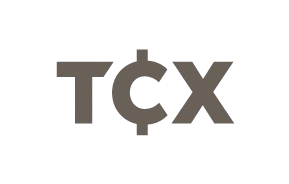Peru’s President Dina Boluarte committed to supporting agriculture by allocating 3.36 bln sol (about USD 912 mln) to the Ministry of Agrarian Development and Irrigation (Midagri) in 2025, marking the highest allocation for the sector in recent years.
